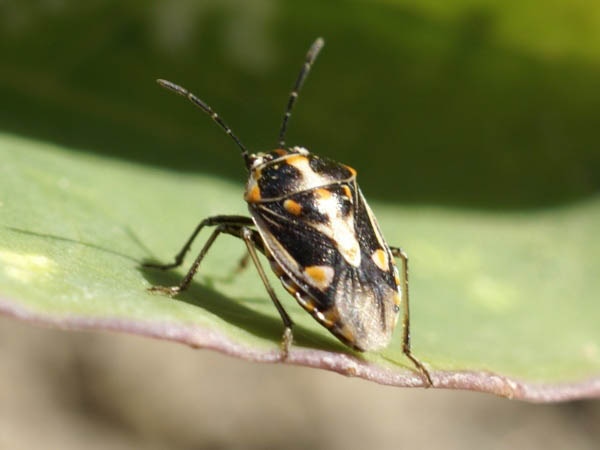May 29, 2012

The USDA will support 321 projects in all 50 states, plus American Samoa and Guam, that help to prevent the introduction or spread of plant pests and diseases threatening U.S. agriculture and the environment. The funding, totaling $50 million, is provided by Section 10201 of the 2008 Farm Bill.
"We are committed to partnering with our stakeholders to achieve our mutual goals of identifying and mitigating threats to American agriculture, enhancing our emergency response capabilities, and increasing public awareness of the danger of invasive pests and diseases," said Vilsack. "American agriculture supports 1 in 12 jobs in the United States and provides safe, affordable food to consumers. I am confident that the selected projects will help our farmers, ranchers and foresters continue to flourish and build upon these successes."
Over the last three years, over 600 Section 10201 projects have helped to protect American agriculture and educate the public about the threat of invasive species. Examples include:
developing eLearning modules for pest screening and increasing diagnostic capacity;
training canine teams to conduct surveillance at ports of entry;
supporting the 2011 national survey of honey bee pests and diseases; and
developing the Hungry Pests campaign—a targeted, nationwide invasive pest public awareness campaign.
USDA's Animal and Plant Health Inspection Service (APHIS) made a concerted effort to solicit project suggestions from states and U.S. territories, universities, federal agencies, nongovernmental organizations, private companies and tribal organizations. APHIS will offer funding to implement 322 projects in all 50 states, plus American Samoa and Guam. These projects will strengthen protections against agricultural threats and allow states to reallocate resources to other critical programs during these tough economic times. Examples of specific projects include among others a nationwide survey of honey bee pests and diseases, the monitoring of high-risk international and domestic pathways for invasive species, applied research to combat citrus pests, the development of detector dog surveillance programs in certain high-risk agricultural states, and targeted invasive species public outreach.
The FY 2012 funding plan, list of selected projects, and general feedback are posted at http://www.aphis.usda.gov/section10201.
APHIS engaged stakeholders, such as the National Plant Board, Specialty Crops Farm Bill Alliance and USDA's National Institute of Food and Agriculture, Agricultural Research Service and U.S. Forest Service, in designing the evaluation criteria for the suggestions. More than half of the suggestion reviewers came from outside of APHIS.
Suggestions were evaluated on their alignment with Section 10201 goals, the expected impact of the project, and the technical approach. In addition, the reviewers considered how the suggestions would complement ongoing USDA programs and other Section 10201 projects.
Funded projects were organized around six Section 10201 goal areas: enhancing plant pest/disease analysis and survey; targeting domestic inspection activities at vulnerable points in the safeguarding continuum; enhancing and strengthening pest identification and technology; safeguarding nursery production; enhancing mitigation capabilities; and conducting outreach and education about these issues.
About the Author(s)
You May Also Like




